Do you have an overbite, underbite, or gaps between your chompers? Would you love to be one of those people with straight teeth?
If you didn’t wear braces as a teenager, you might feel like it’s too late to get straight teeth. Believe it or not, braces for adults are more common than you think. In fact, almost 20% of those who wear braces are adults.
New options like Invisalign offer effective, less visible treatments that are designed for more mature patients. And it may be simpler than you think to get started.
Getting that perfect smile is rarely easy. How often are people born with straight teeth, anyway? Yet getting Invisalign as an adult could be the beautiful, uncomplicated boost to your oral health and confidence that you’ve been looking for.
Here’s what you need to know.
What Is Invisalign?
Invisalign is a series of clear, plastic aligners that are replaced every two weeks as your teeth gradually shift into place.
If you think you may be a good candidate, talk to your orthodontist. They will begin by giving you a full dental examination that includes X-Rays.
Your first visit may also be when your orthodontist takes scans and photographs of your mouth so they can be sent to a lab.
Your Invisalign molds will get prepared, and you can go back to your dentist so he can fit them in place. Sometimes, your dentist will fit small attachments so that the Invisalign trays remain in place.
You and your dentist can then schedule periodic appointments to check your progress.
Who Is a Good Candidate for Invisalign?
If you’re over age thirteen and in generally good oral health, you may be a good candidate for Invisalign. Problems it can treat include overbites, underbites, gaps in your teeth, or open bites.
You’ll need to be dedicated to wearing your aligners for at least twenty-two hours a day for them to be effective. Invisalign aligners are removable for eating and drinking.
Yet only those mature enough to keep them in for the required amount of time should invest. This is why it’s generally recommended for adults and older teens.
If you have gingivitis or cavities, you may need to get these conditions treated before you get Invisalign. Other dental treatments such as implants or bridges can make it more difficult to get Invisalign, but you may still qualify for the treatment.
How Long Does Invisalign Take?
Why are some people born with straight teeth and others with gaps between them? The answer has a lot to do with genetics. Your Invisalign treatment, however, is a little more predictable.
Invisalign can take anywhere from six months to two years. Your age, the amount of treatment your teeth require, and your cooperation with the treatment requirements will all factor in when it comes to the total number of months you’ll need to wear them.
How Much Does Invisalign Cost?
Generally, Invisalign costs between $5,000 and $6,000. The total cost to you will depend upon your insurance coverage, as well as how long your treatment takes.
You can also expect to pay more for cosmetic dental treatments in urban areas than you would in rural communities. Your location in the country could also play a role.
How Can You Afford Invisalign?
While the total cost of an Invisalign treatment can seem intimidating, your orthodontist may offer a payment plan that allows you to pay it off a little each month. They may also give a discount if you can pay for everything upfront.
While your health insurance probably won’t cover a cosmetic dental treatment, your dental insurance might cover at least some of the cost. Check with your benefits department at work or call up the customer service department of your insurance company to see what’s available. If you don’t have dental insurance, it may be time to shop around for a good rate.
Another way you can put aside money for Invisalign is through a Health Savings Account (HSA) or Flexible Savings Account (FSA.) Both allow you to put aside tax-sheltered money each month, which means you’ll get to keep more of what you earn. You can use the money to pay for cosmetic dentistry, vision needs, or copays.
An HSA is slightly more flexible than an FSA. If you don’t use the funds you put aside in one year, you can roll them over into the next. It’s also owned by you rather than your employer.
What Are the Benefits of Invisalign?
The main reason folks invest in Invisalign is that they can get a straight smile without it being obvious they’re wearing braces. They’re also easy to remove when you eat, so there are few dietary restrictions.
Cosmetic dentistry is also a great way to improve your overall oral health. With straighter teeth, it’s easier to brush and floss properly. This can keep oral health problems such as cavities or gum disease from developing.
Some people are self-conscious about a crooked smile. With Invisalign, you can get the perfect grin, you need to boost your self-esteem.
Who knows? Your treatment could be the push you need to get on the road to a healthier life.
Become One of the People With Straight Teeth
People with straight teeth can have real confidence when they flash their smiles. With Invisalign, you can get on the road to a straighter, healthier smile in no time.
Don’t stop getting gorgeous now. For more information on quality Invisalign treatments, contact us today.
